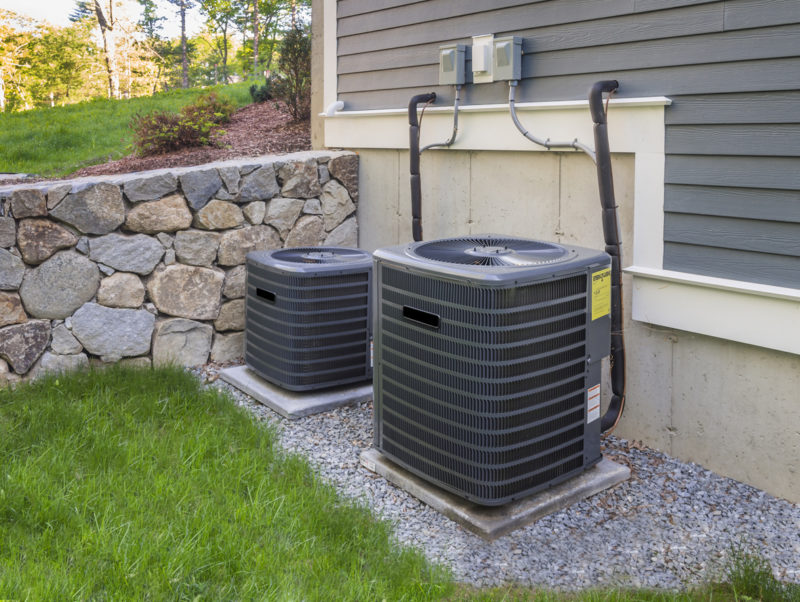6 of the Best Technologies for Improving Your IAQ
Jan 26, 2019

Adding a new HVAC system to your house in Longview, Texas, is a big step toward making a more comfortable home. While you have many options to choose from, remember that there’s one feature that you must correctly consider for your HVAC system to be effective. HVAC systems come in different sizes, and you need an appropriately sized unit for your house. Here’s a look at the importance of proper HVAC sizing.
HVAC System That’s Too Small
HVAC systems should be sized according to the space that they will serve. If you choose an HVAC system that’s too small, it won’t keep up with the power you’re asking it to pull to reach the set temperature. As a result, it won’t be able to properly maintain a comfortable home environment. Your electricity bills will skyrocket, too, as your system will have to work harder to cool your home.
HVAC System That’s Too Large
Many homes often have HVAC systems that are too big for their needs. That’s because homeowners think that “bigger must be better.” However, systems that are too big cycle off before they completely cool your home. As a result, you’ll experience inconsistent temperatures, high energy bills, and increased repairs due to wear and tear.
Because these systems turn themselves on and off so frequently, oversized AC units don’t run for a long enough period to dehumidify your air. As a result, they also leave your family feeling sticky and uncomfortable on hot days.
Calculate Your Space’s Needs
To know what HVAC system is the right size, a service technician will calculate the needs of your space using a Manual J calculation. The service technician will begin by measuring the overall square footage of your space. Then, the service technician will calculate the BTU (amount of energy used to cool a space) by multiplying your square footage by 25. This will give them a base BTU score that your new HVAC system should reach.
The output of an HVAC unit is measured in tons of air processed and moved. You need a system that can move the right tonnage of air per hour for your space. However, not every space has the same requirements. It depends on the climate in which you reside.
For example, two 1,600-square-foot homes in different climates can need different ton ratings. The house in the hotter climate requires a higher rating since there’s more heat to remove from the air. Therefore, that house needs a stronger system.
A basic unit can move 400 tons and hotter climates can add up to 25 percent of needed cooling power. So, calculate your system needs based off of a 400-ton system, then adjust it by 25 percent to see what the range of systems and costs will be limited to.
The Benefits of a Correctly Sized System
All homes need the correct size of HVAC system to work their best. Getting the right size unit for your home’s needs means less short-cycling, which means less strain on your system to work. It also means improved humidity control, ensuring that your house will remain comfortable, even on the hottest days.
Maintaining Your New System
Once you get your new system that’s correctly sized for your home, make sure you’re taking care of it to keep it working at its best. Schedule regular preventive maintenance to catch any issues early before they become serious. This way, you’re maximizing the system’s efficiency for years to come.
One thing is clear: Every home needs an HVAC system to maintain comfort. Picking the right system can be complicated, but it’s much easier with the help of trained professionals who can measure your space accurately. If you aren’t sure about what size of an HVAC system you need for your home, consult one of our specialists. Call JD’s A/C at (903) 336-6041 to learn more about our residential HVAC services.
Image provided by iStock
